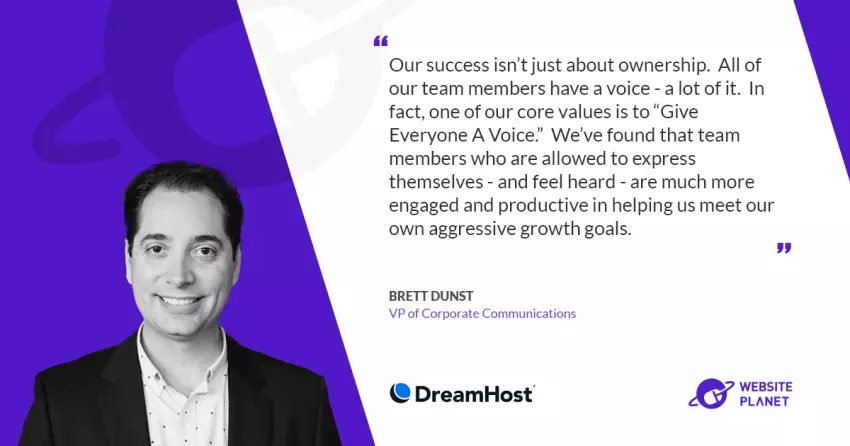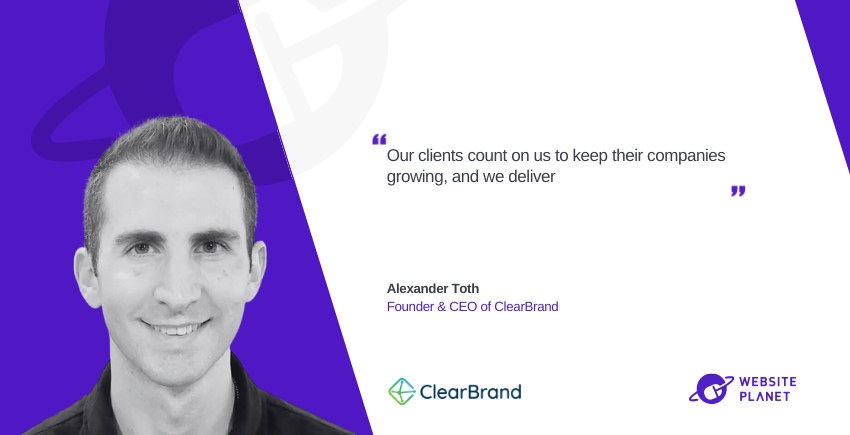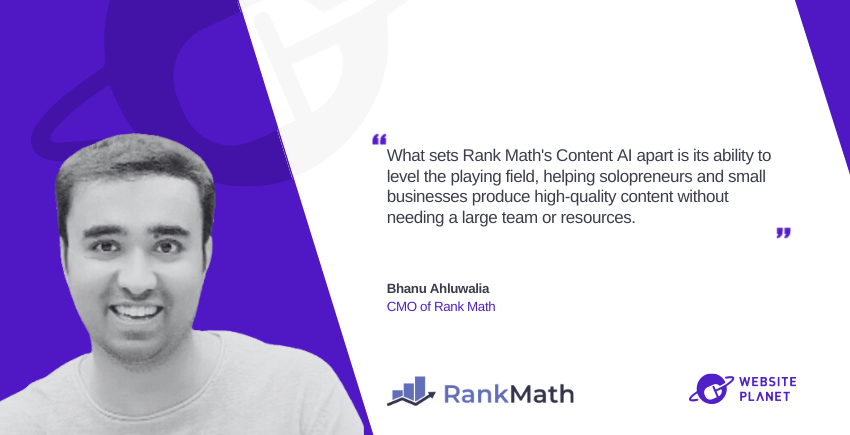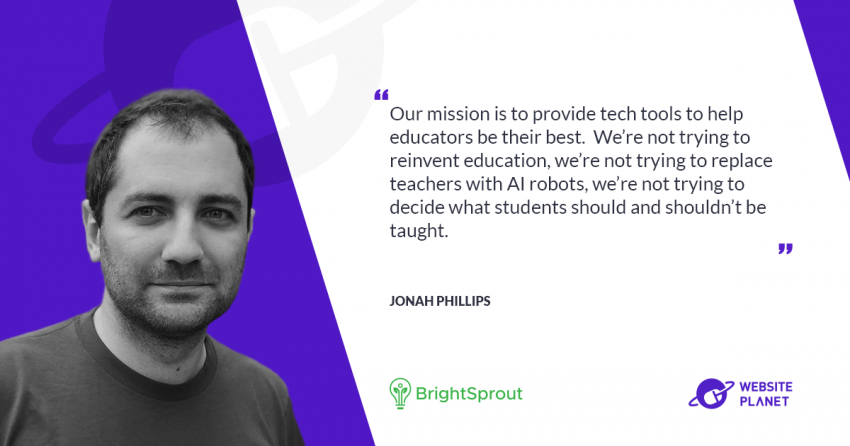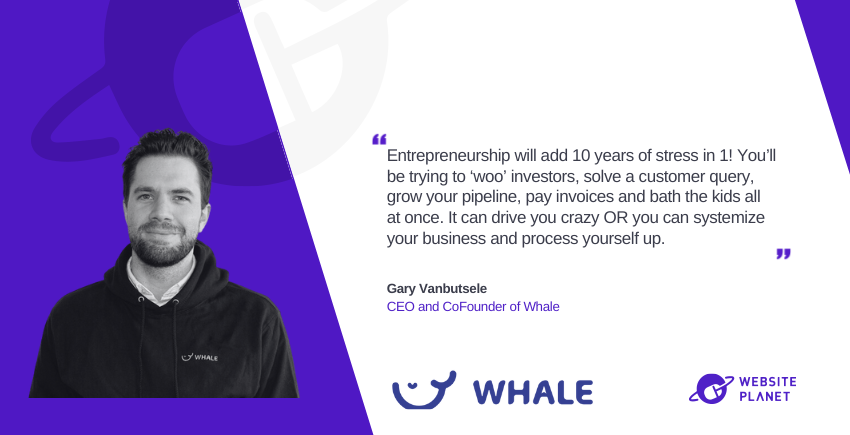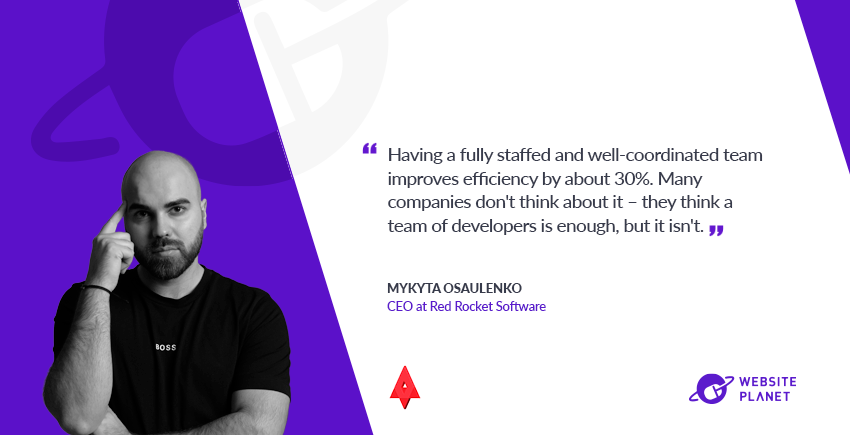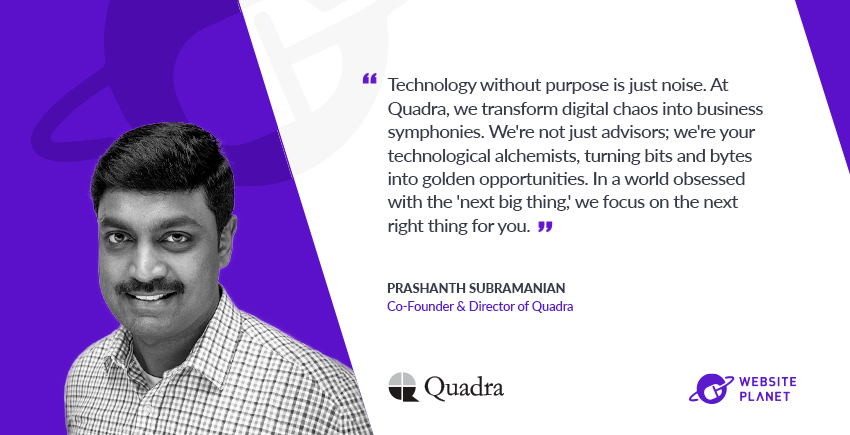When the infrastructure isn’t there, you have to build it. That “do it yourself” mentality is present in DreamHost, a veteran in the
web hosting industry.
We interviewed Brett Dunst, VP of Corporate Communications and official spokesperson of DreamHost to know more about this long journey, the challenges along the way, being open-source and how to help small businesses. Check out the interview below.
With more than 20 years of experience, DreamHost saw lots of changes and trends in the industry. What were the most difficult challenges you had to face in this journey?
DreamHost was founded in 1997, which feels like an eternity in Internet years. There wasn’t much of a hosting “industry” to speak of when we founded the company, so we had to develop a lot of our infrastructure and business systems ourselves. There were no retail hosting control panels at the time, so we built our own. The concept of CRM didn’t exist at the time, so we built our own CRM and billing systems.
In the web’s earliest days, the problems we had to solve were relatively simple by today’s standards.
We had to figure out how to help our customers get their websites up quickly and how to build adequate safeguards to our entire infrastructure to keep their data private and secure. A lot of our work in those days was very foundational.
A lot of what we built in those early days is still in use today, with many iterations made over the years to adapt to the growing needs of our business. Despite the regular maintenance required, this home-grown approach has proven to be a cost advantage for us.
One of DreamHost’s core values is to “Embrace Open Source.” We leaned heavily on open source technologies when we could in those early days and have done our best to pay it forward with regular contributions to open source projects throughout our history.
Sites on the early web were actually quite fast. That’s because they were primarily static, with very little processing power required on the server side. JavaScript ran in a browser – and nowhere else.
The early web was also decentralized by its nature. It wasn’t until Web 2.0 came along that we started seeing social platforms like Facebook and Flickr popping up. Sites like these encouraged the sharing of user-generated content, and advancements in digital photography and smartphones at the time meant that the amount of data uploaded to the internet began to truly explode in the 1990s, and that’s a trend that shows no sign of slowing.
On Facebook alone, users shared 240,000 photos every minute of every day in 2021. That’s just a tremendous amount of data. And we’ve seen this flood of uploaded user-generated content reflected in our own customer metrics as well.
Walled gardens like Facebook are trendy and their ease of use lures users in at a cost. Users lose control of how the data that they upload to these platforms is used. As privacy has become more and more important to consumers, we’re starting to see a shift away from these centralized platforms back to a consumer preference for platform independence and true ownership of their digital lives. That’s a need that we’re more than capable of serving, and we’re proud to see the pendulum shift back toward user control.
One challenge for us today is helping our customers find ways to deliver their content quickly and efficiently to mobile devices. Over half of all web traffic – 55% – was generated by mobile devices in 2021. Mobile devices often have to deal with congested mobile networks and smartphones whose processing capabilities are already limited in comparison to desktop computers. Website owners rely on us to help them optimize their hosting to ensure that their sites’ visitors get a smooth and reliable experience, no matter how or where they’re accessing the web.
We’ve also seen the web get far more complicated in the last quarter century. The Web of 2022 is rife with advertising trackers, SEO tricks, and a dizzying array of programming languages. Hosting users of today need a sophisticated support team that understands the modern web and is immediately available, regardless of their own geographic location. Small business owners get frustrated if they have to wait for help, and rightly so. That time spent waiting for website help can potentially result in lost traffic, lost leads, and lost sales.
To improve our own availability and help our customers find success, we’ve advanced an initiative that we call “Wait Time Zero.”
Wait Time Zero is just what it sounds like: It means that our technical support team is always available to answer questions and solve problems, day or night, 7 days a week, no matter what hosting package a customer is on. From our entry-level shared hosting to our advanced cloud computing platform, DreamCompute, all DreamHost customers have access to an advanced and experienced technical support team immediately – with no waiting.
We don’t sleep until our users find success online. We can’t. Because their success is our success.
With more than 1.5 million websites and 400k customers, it is very clear that you reach several audiences. But do you have specific age-groups, gender, location, industries that are more present in your customer base?
DreamHost currently has customers in over 150 countries. As you might imagine, most of our customers come from locales where English is the primary language. Our customer base spans the globe, however, and we’ve spent the last several years investing in our ability to better serve our Spanish-speaking customers. That’s resulted in significant growth for us throughout Central and South America in recent years.
With customers in nearly every time zone on the planet, we’ve also been actively recruiting Technical Support staff around the world to stay true to our Wait Time Zero goal, helping to meet our small business customers when and where they are.
While tech has had a reputation for being a male-dominated field, we’ve seen a promising trend of more female entrepreneurs bringing their businesses online every day. In fact, the number of women-owned businesses increased 114% between 1998 and 2018, and indeed, we’ve seen this reflected in our own customer data.
In your “what makes DreamHost so different” you point out the fact that the company is employee owned. What are the main advantages of that in your view?
Being employee-owned gives us the freedom to make the decisions that are best for our customers. We are not beholden to the whims of banks, investors, or a corporate parent, each of whom may have their own financial targets and expectations that may come into direct conflict with our customers’ needs.
Being independent gives us the freedom to truly put our customers – and our team – first. For example, when Russia invaded Ukraine, we had the freedom to give our Ukrainian team members the support that they needed to get themselves to safety. We were able to continue paying their wages at a time when they needed stability and security, and we were happy to do so.
Our success isn’t just about ownership. All of our team members have a voice – a lot of it. In fact, one of our core values is to “Give Everyone A Voice.” We’ve found that team members who are allowed to express themselves – and feel heard – are much more engaged and productive in helping us meet our own aggressive growth goals.
What is the importance of offering open-source solutions and how the clients benefit?
As I mentioned earlier, DreamHost was built on open source software. It’s not a stretch to say that DreamHost would not exist without it. The open source ethos has been foundational to our business and has helped us to provide robust services at staggeringly low prices to our small business customers worldwide.
We owe a lot of our success to the global network of software developers who have built so much of the software that powers today’s Internet. We’ve worked hard to pay it forward over the years with regular code contributions to projects that we use ourselves, and sometimes even with financial contributions to independent open source developers.
We’re also big proponents of the Open Web. Open source code and open standards put web users first by enabling true data portability. There is no such thing as “vendor lock in” on the Open Web. It’s easy to switch web hosts and domain registrars, and we help customers do this every day at no charge.
Besides using DreamHost, what other tips do you have for professionals and companies that want to create a website in 2022?
Learn all that you can about website performance, or partner with a web host or website developer who knows what it takes to build performant sites. Impatient internet users are easily annoyed and will leave any site that takes too long to load. Search engines will downrank slow sites. Shopping carts get abandoned. Revenue goes out the window. Speed matters.
Understand how to do content marketing right. If you’re not doing everything possible to pull in search traffic, you’re leaving money on the table. Figure out what problems your customers have, and build your content strategy around them.
Become familiar with content management systems like WordPress. WordPress today powers over 43% of the web’s most popular sites and represents 64% of the CMS market. There is an entire ecosystem of organizations supporting WordPress that can help you create and maintain outstanding websites: website designers, plugin authors, theme developers, and web hosts who are experts in building impactful, beautifully-performing WordPress websites.
You could go it alone, but there’s no need to start from square one. I can’t stress enough the importance of finding an online partner who can take the work off of your shoulders so that you can
What are DreamHost’s plans for the future (next 3-5 years)?
We remain committed to helping our small business customers be successful. Speaking somewhat broadly, we do that with a simple, two-step approach.
We first work to understand our customers’ needs to help them build and serve successful sites. We then provide personalized guidance and “internet roadmaps” to help our customers grow their audiences and convert their website visitors into new business.
It’s a simple formula, but an effective one. We’ve used it ourselves as we’ve grown DreamHost over the last two decades to help millions of small business owners build and grow their businesses.
